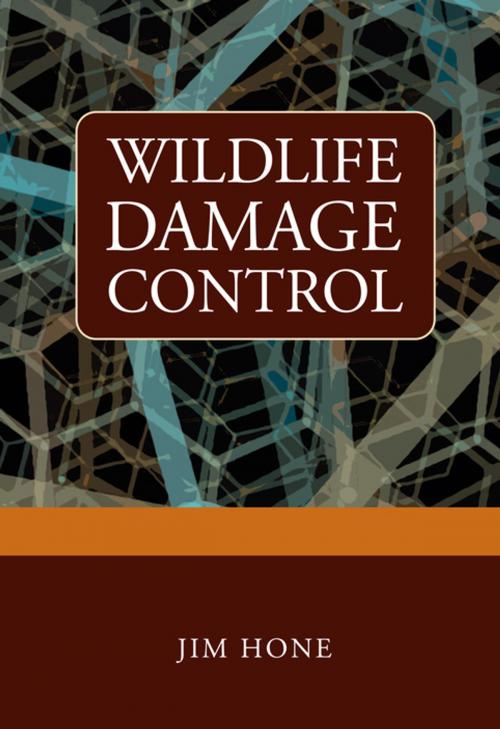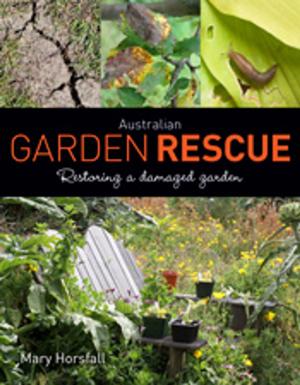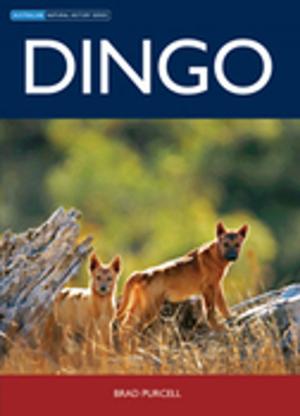| Author: | ISBN: | 9780643099821 | |
| Publisher: | CSIRO PUBLISHING | Publication: | February 9, 2007 |
| Imprint: | CSIRO PUBLISHING | Language: | English |
| Author: | |
| ISBN: | 9780643099821 |
| Publisher: | CSIRO PUBLISHING |
| Publication: | February 9, 2007 |
| Imprint: | CSIRO PUBLISHING |
| Language: | English |
The types of damage caused by wildlife are many and varied, and can be costly and far-reaching. Until now, there has been little effort to identify and evaluate generalities across that broad range of species, methods and topics. Wildlife Damage Control promotes principle-based thinking about managing impact. It documents and discusses the key principles underlying wildlife damage and its control, and demonstrates their application to real-life topics – how they have been used in management actions or how they could be tested in the future. It synthesises the wide but diffuse literature dealing with the impacts of vertebrate pests and encourages readers to adopt a more theoretical framework for thinking about pest impacts and ways to manage them. The book is organised around key principles that apply across species, rather than looking at individual species, and is damage-based not pest animal-based. Within each chapter there are exercises designed to help readers learn and evaluate key principles. Conservation biologists, ecologists and others involved in wildlife management will find the sections covering principles in biodiversity conservation, of production such as agriculture, and in human and animal health of real value.
The types of damage caused by wildlife are many and varied, and can be costly and far-reaching. Until now, there has been little effort to identify and evaluate generalities across that broad range of species, methods and topics. Wildlife Damage Control promotes principle-based thinking about managing impact. It documents and discusses the key principles underlying wildlife damage and its control, and demonstrates their application to real-life topics – how they have been used in management actions or how they could be tested in the future. It synthesises the wide but diffuse literature dealing with the impacts of vertebrate pests and encourages readers to adopt a more theoretical framework for thinking about pest impacts and ways to manage them. The book is organised around key principles that apply across species, rather than looking at individual species, and is damage-based not pest animal-based. Within each chapter there are exercises designed to help readers learn and evaluate key principles. Conservation biologists, ecologists and others involved in wildlife management will find the sections covering principles in biodiversity conservation, of production such as agriculture, and in human and animal health of real value.















